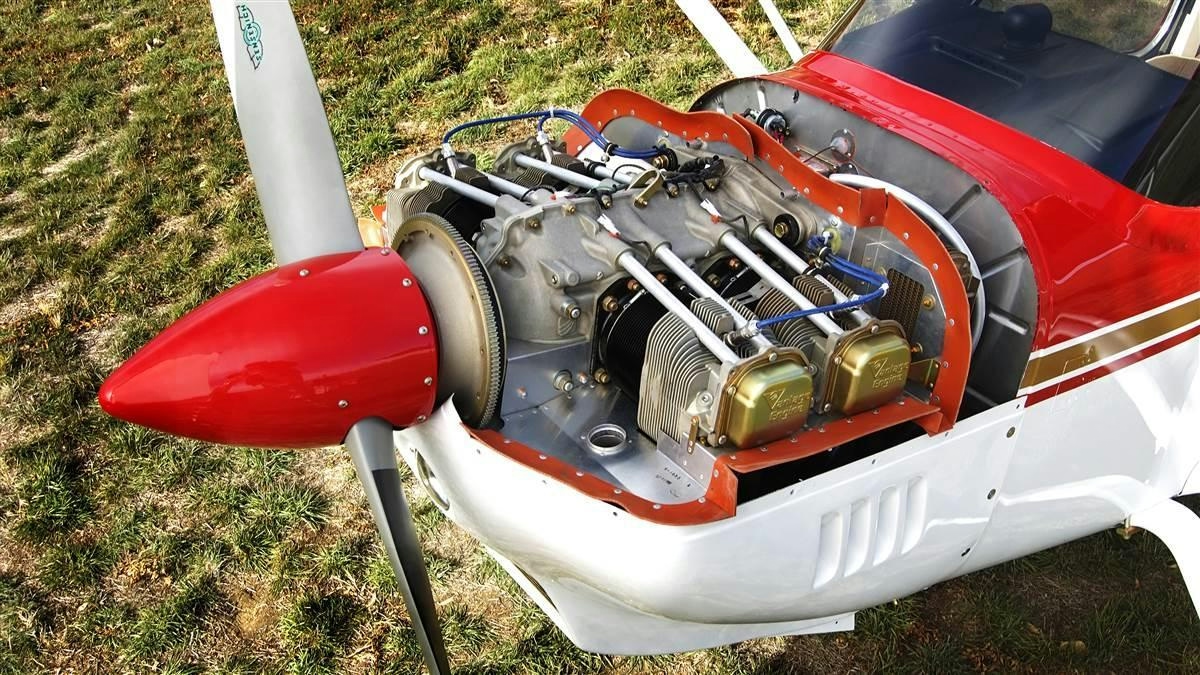
AeroGenie — Votre copilote intelligent.
Tendances
Categories
Global Analysis of the Aviation Power Supply Market

Global Analysis of the Aviation Power Supply Market
The aviation power supply market is set to experience significant growth over the coming decade, with its value expected to rise from USD 2,673.7 million in 2025 to USD 4,879.3 million by 2035. This expansion corresponds to a compound annual growth rate (CAGR) of 6.2%, driven by increasing demand for advanced avionics, heightened aircraft production, and continuous technological advancements in power supply systems.
Market Drivers and Regional Dynamics
The market’s growth is primarily propelled by the adoption of energy-efficient power solutions, as airlines and manufacturers seek to comply with operational and regulatory requirements. The modernization of both commercial and military aircraft fleets has intensified the need for reliable and upgraded power supplies. Additionally, stricter safety regulations imposed by aviation authorities have accelerated the replacement and enhancement of existing power systems.
Within the market, DC power supplies dominate, accounting for approximately 45% of the total share. Geographically, the Asia-Pacific region, North America, and Europe emerge as the principal growth hubs, reflecting robust aircraft manufacturing activities and ongoing fleet modernization efforts in these areas.
Market Performance and Forecast
Year-over-year analysis indicates consistent and steady growth with limited volatility. The smallest annual increase is anticipated in 2026, when the market is projected to grow by USD 165.8 million, reaching USD 2,839.5 million—a 6.2% increase from the previous year. This steady upward trend is expected to continue, with the market expanding to USD 3,015.5 million in 2027 and USD 3,202.5 million in 2028.
Between 2029 and 2032, growth rates are forecast to remain stable, fluctuating between 6.1% and 6.3%. During this period, the market is projected to increase from USD 3,401.1 million in 2029 to USD 4,073.7 million in 2032, reflecting widespread adoption and replacement of legacy power systems. The most substantial absolute growth is expected between 2034 and 2035, with an increase of USD 284.8 million, largely driven by the integration of advanced power systems in next-generation aircraft.
Competitive Landscape and Strategic Initiatives
The market features several prominent players, including Crane Aerospace & Electronics, Advanced Conversion Technology, Vicor Corporation, Viable Power Conversion Technologies Inc., Aegis Power Systems, Levon Aviation, DSC Power Solutions, BC Systems, White Lightning - Aviation Ground Power, Tianjin Hangyuan Technology Development Co., Ltd., Acsoon EIE, Shanghai Yuhang Industrial Co., Ltd., and Tianjin Ruiyi Electronics Co., Ltd.
In response to evolving market conditions, these companies are increasingly engaging in collaborations to foster innovation and broaden their market presence. Competitive pricing strategies are also being employed to sustain and enhance market share amid intensifying competition.
Challenges and Industry Responses
Despite the optimistic outlook, the sector faces several challenges. Regulatory compliance remains complex and demanding, requiring manufacturers and suppliers to navigate evolving standards. Rapid technological advancements necessitate continuous investment in research and development to maintain competitiveness. Furthermore, global supply chain disruptions pose risks to production schedules and cost management.
To mitigate these challenges, industry participants are intensifying investments in sustainable technologies and shifting focus towards greener alternatives, including hybrid-electric and fully electric propulsion systems.
Outlook
The aviation power supply market is poised for sustained growth, underpinned by strong industry fundamentals such as increasing air travel demand, ongoing fleet modernization, and regulatory emphasis on performance efficiency. With no anticipated periods of stagnation or decline, the market demonstrates resilience and adaptability, positioning itself for continued expansion through 2035.
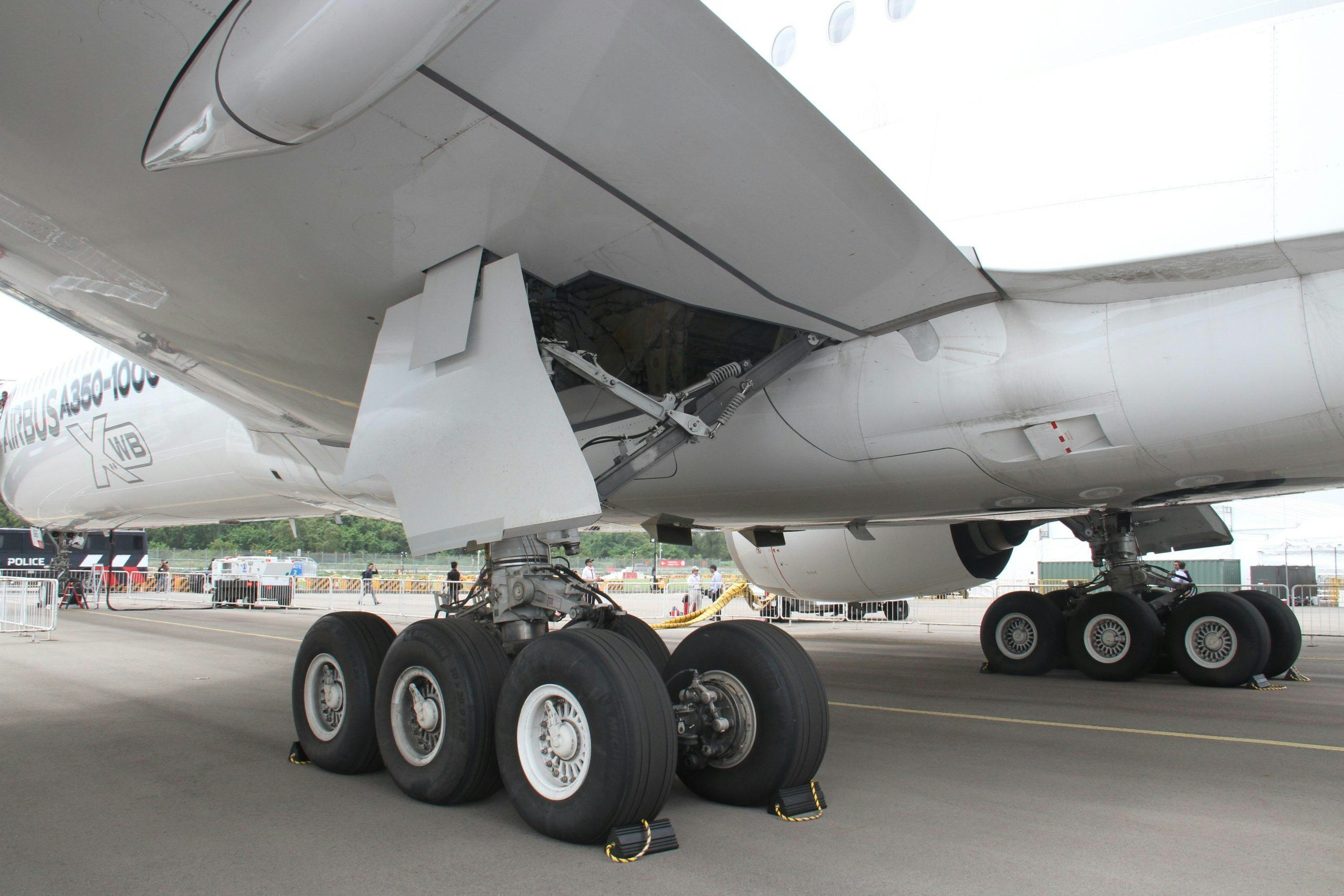
Why Airbus Markets the A350 as a Long-Range Leader
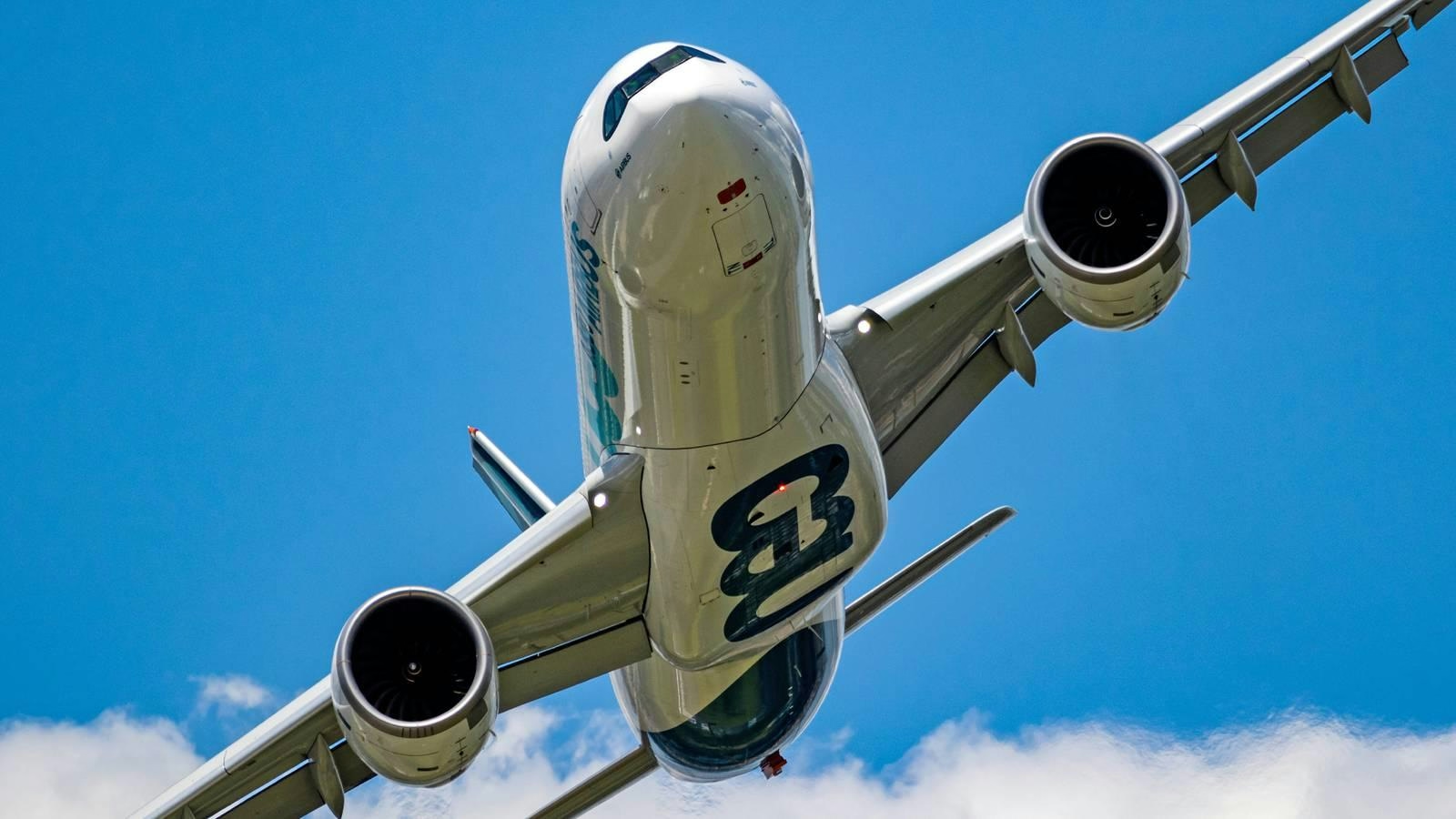
Why Is the Airbus A330neo Limited to a Single Engine Type?
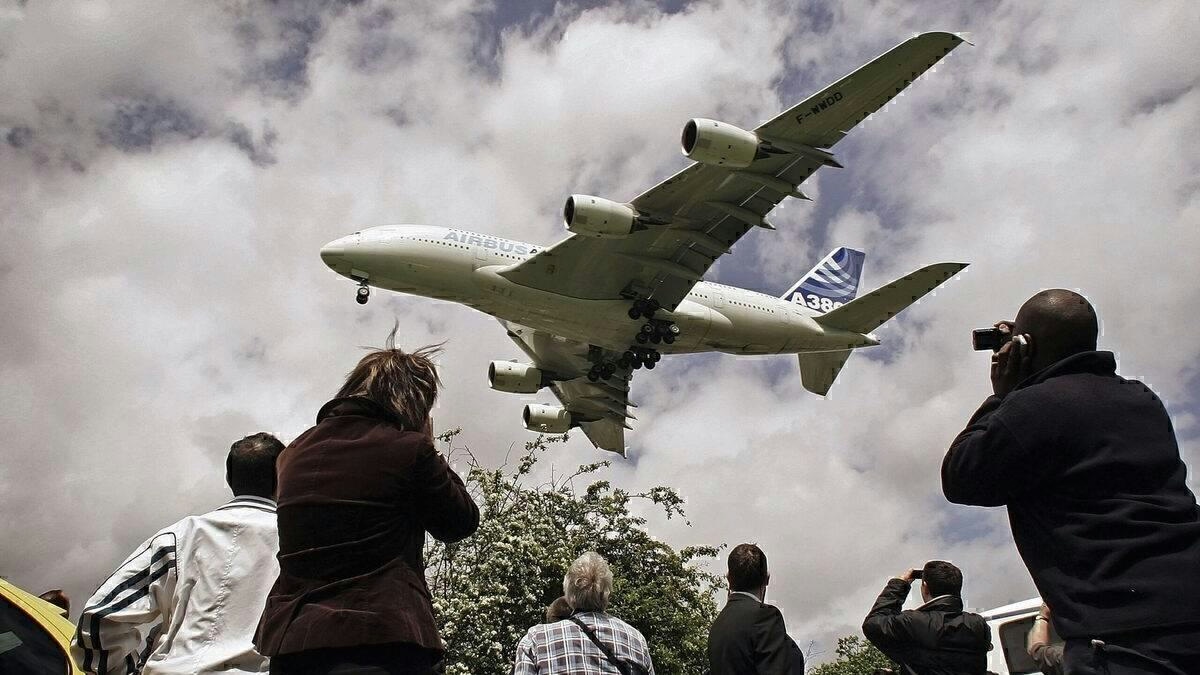
FedEx Cancels Airbus A380 Order

Why AI Hasn’t Transformed Flight Booking
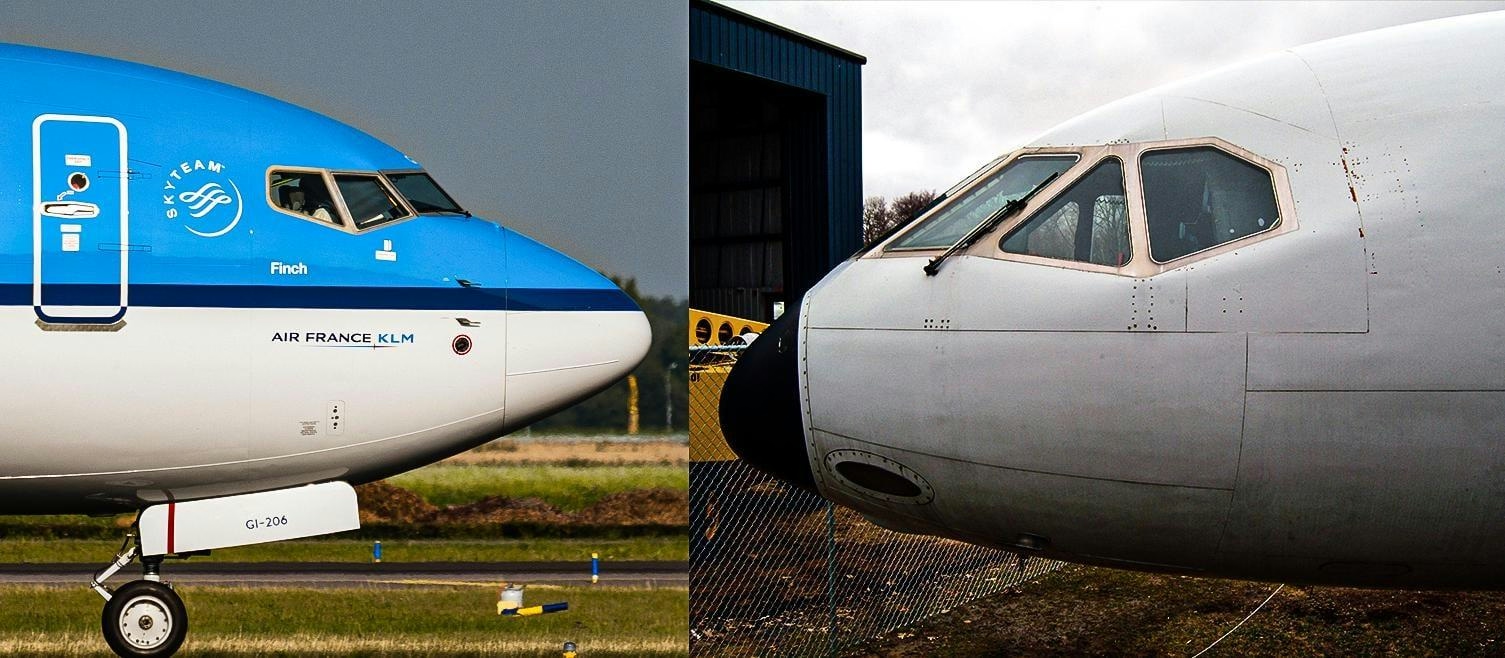
Why Are Boeing Aircraft Noses More Pointed Than Airbus?
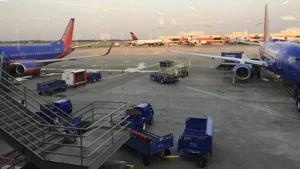
Digitizing the Aviation Supply Chain: Moving Beyond Outdated Practices
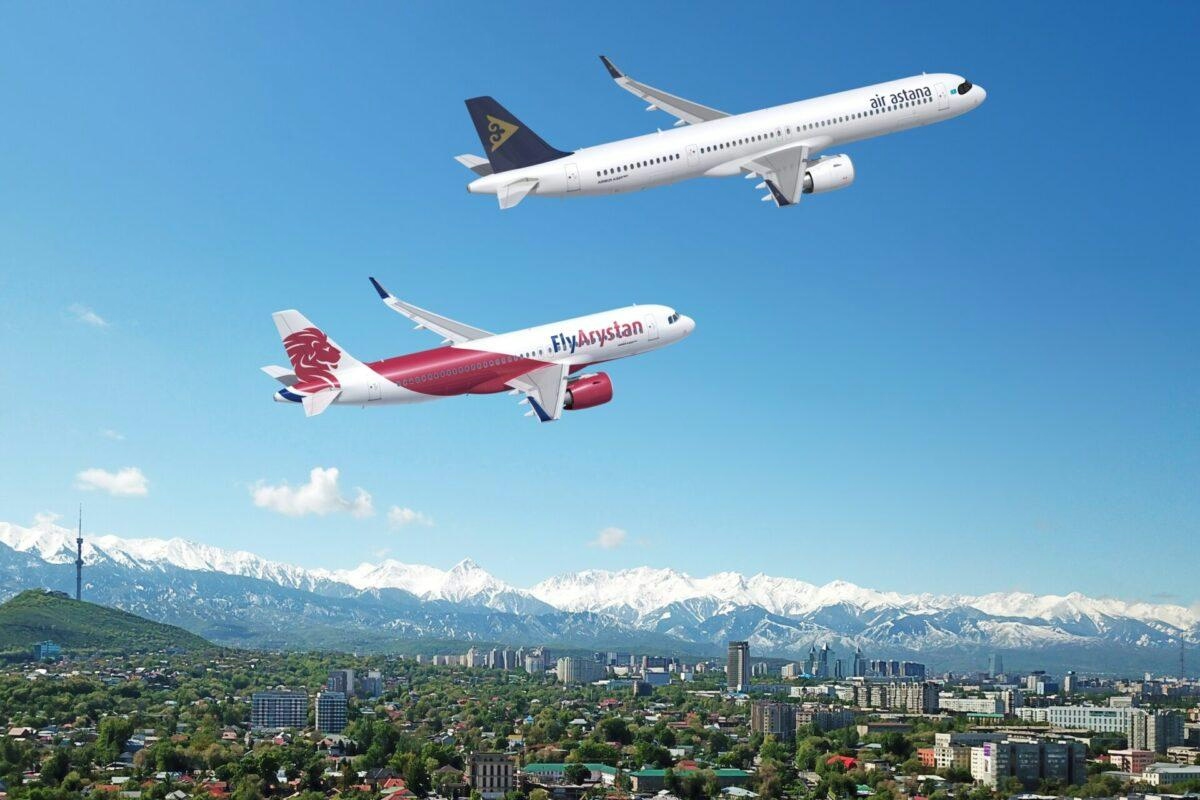
Air Astana Signs Agreement for Up to 50 Airbus A320neo Jets

East London students explore aviation innovation at LCY STEM event
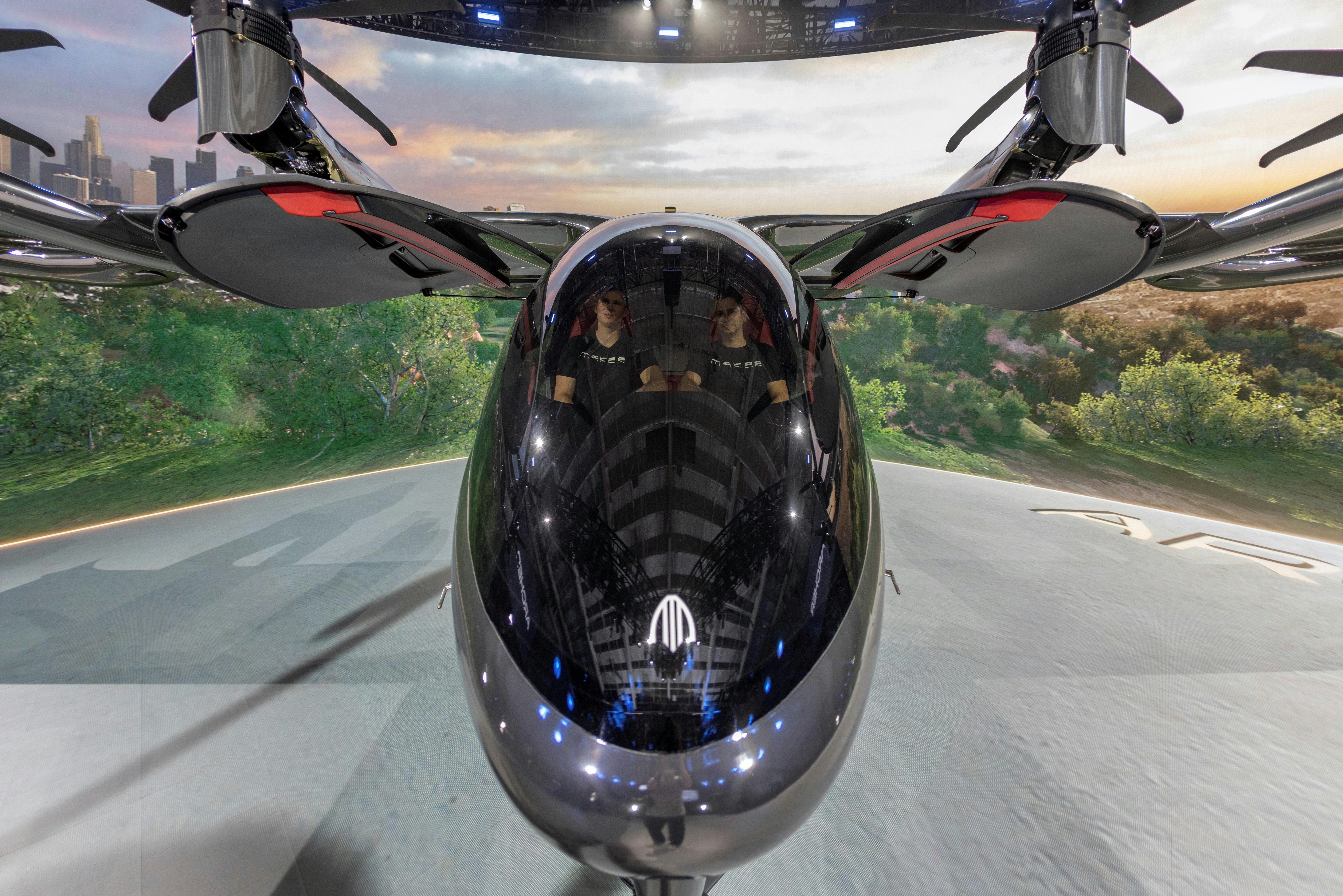
Archer’s Air Taxi Fails to Fly at Dubai Airshow
